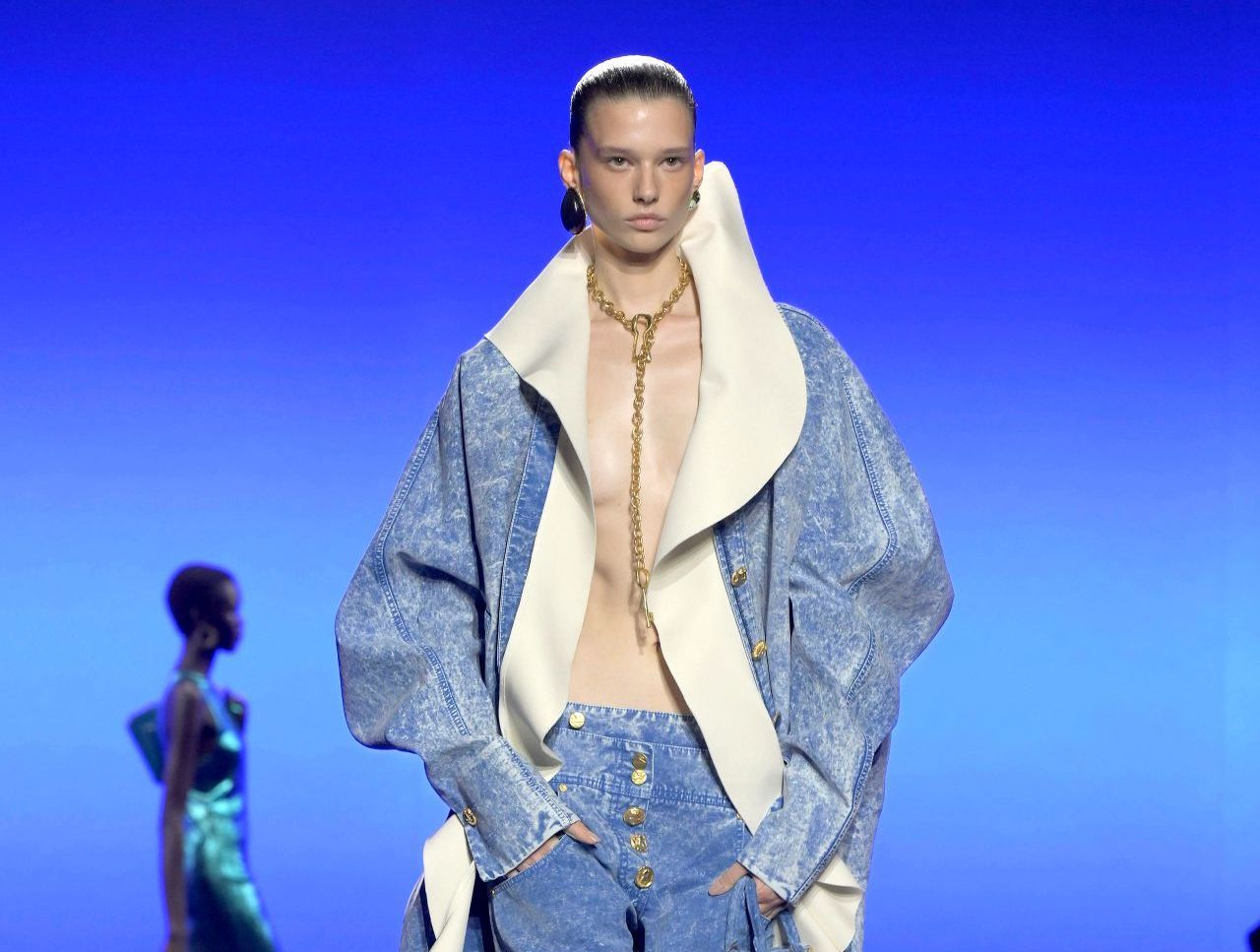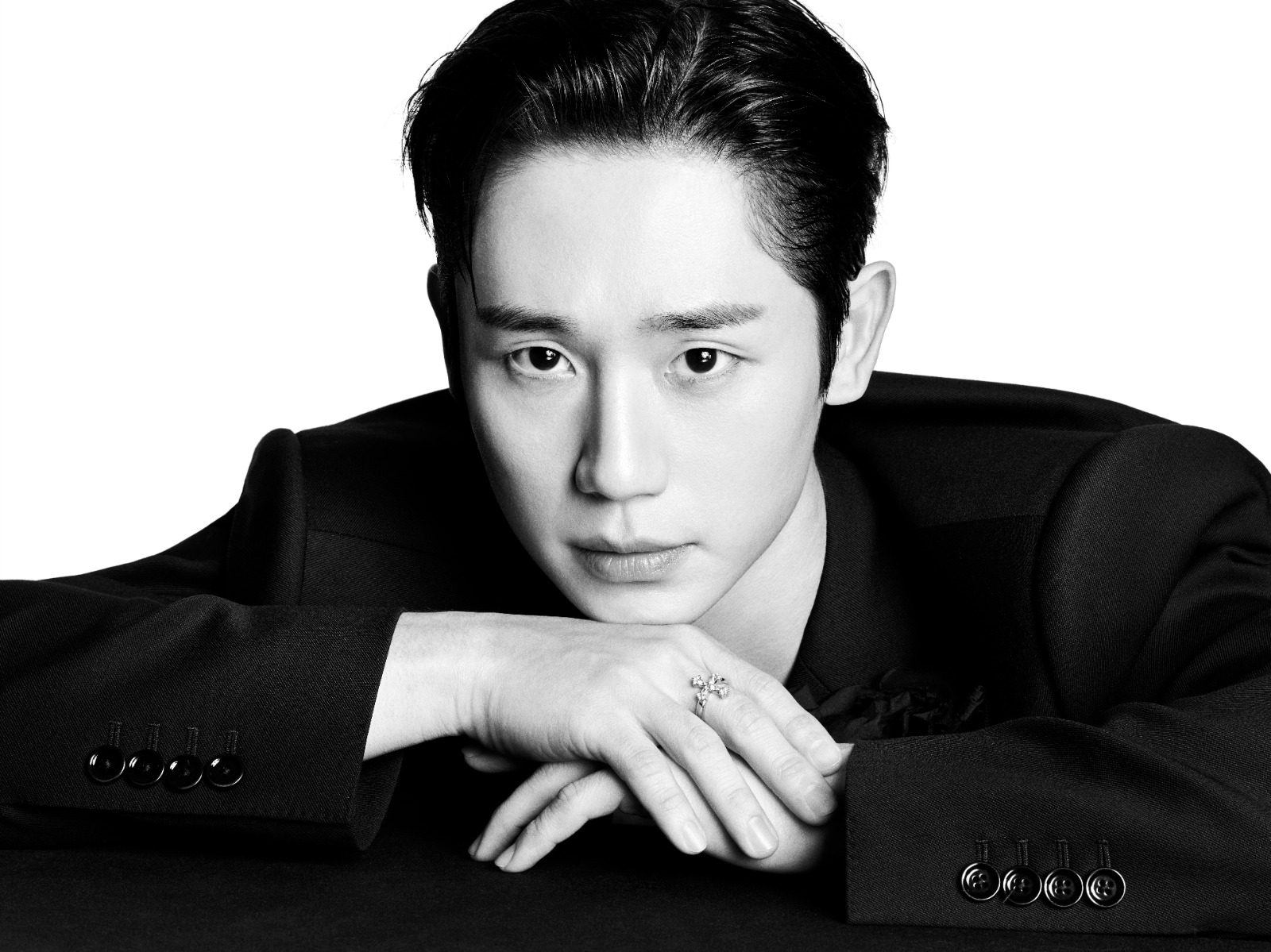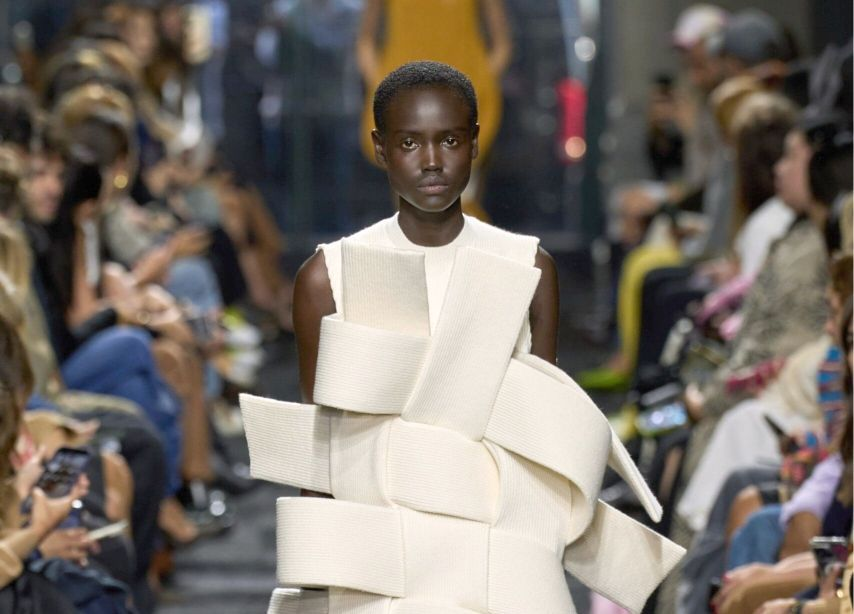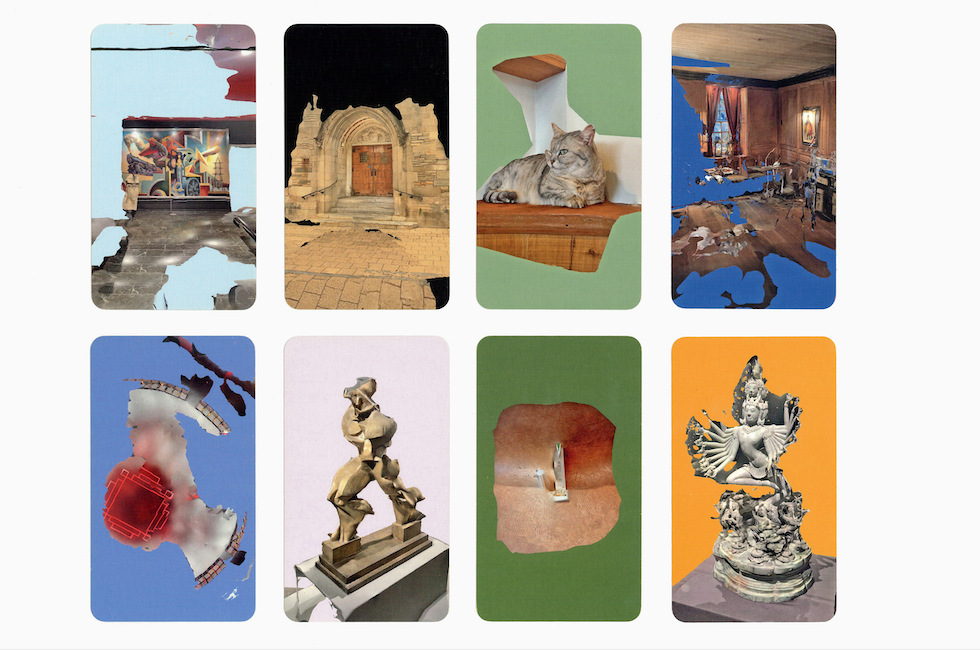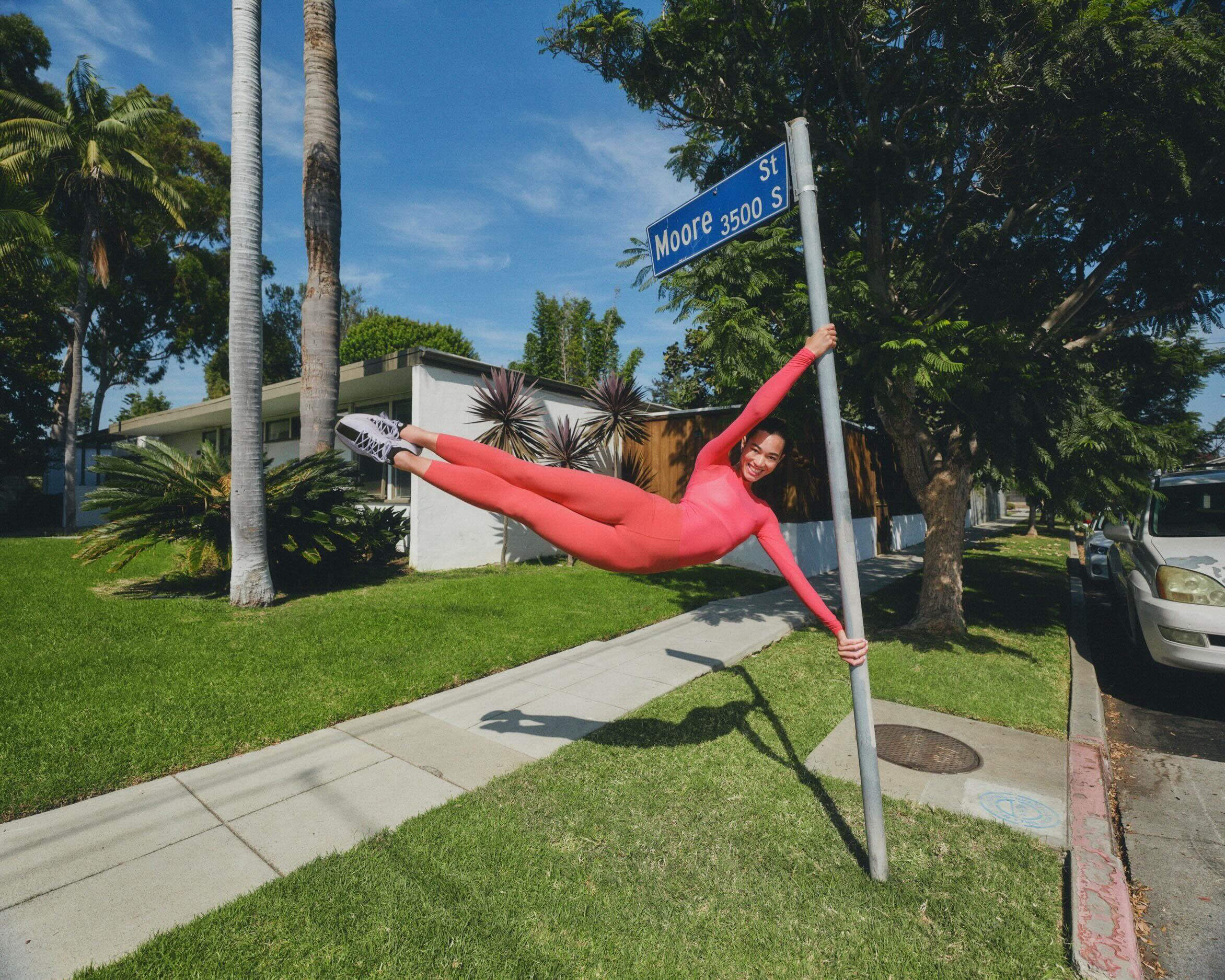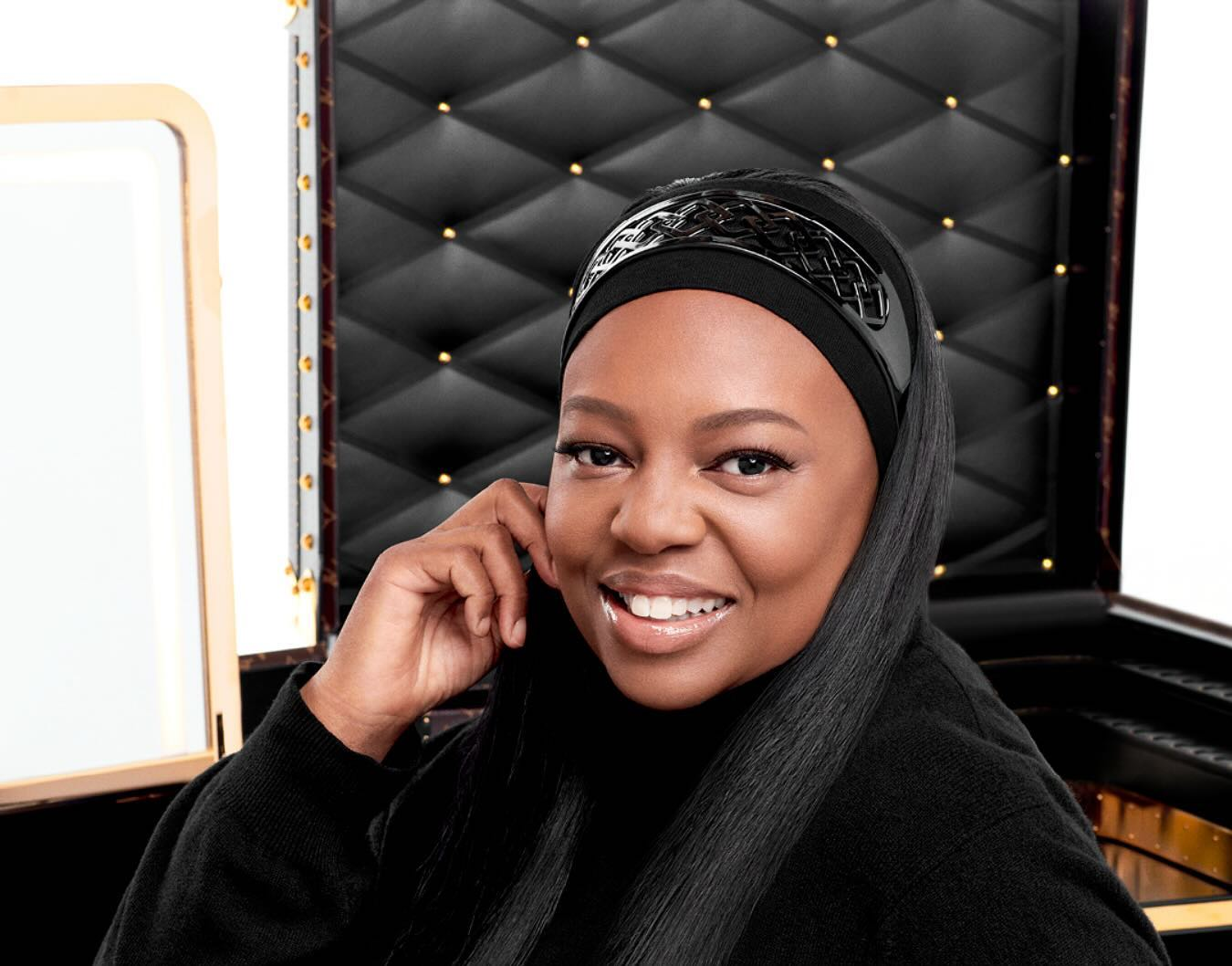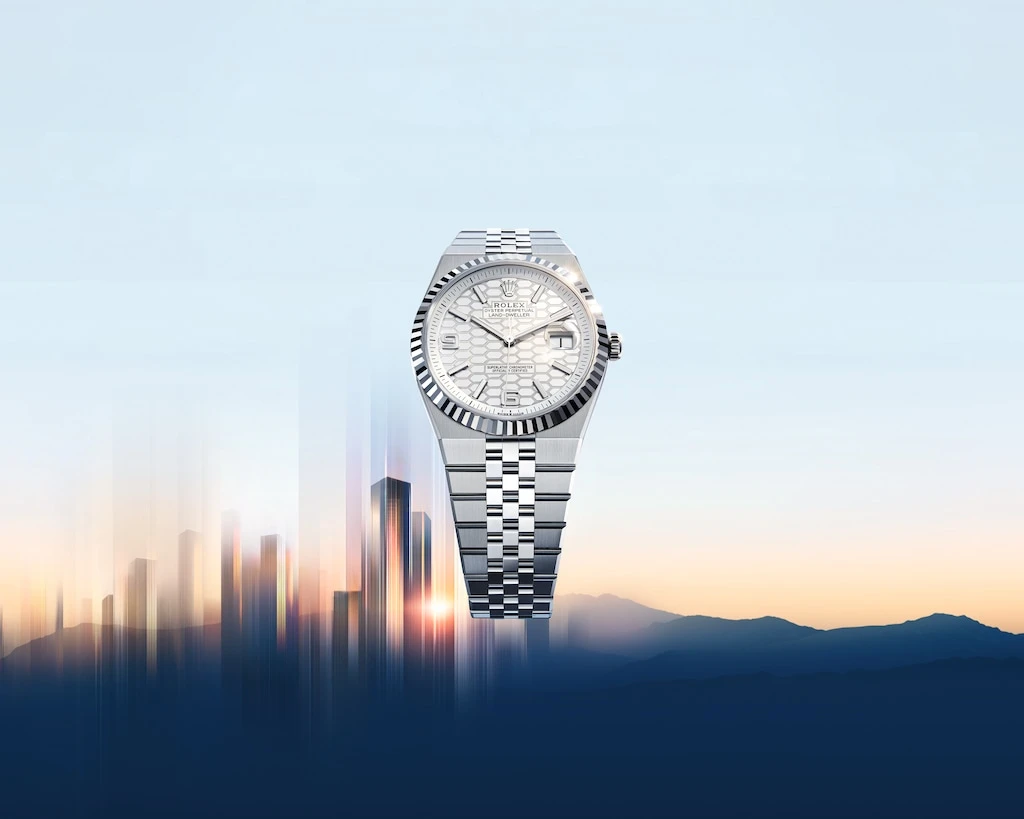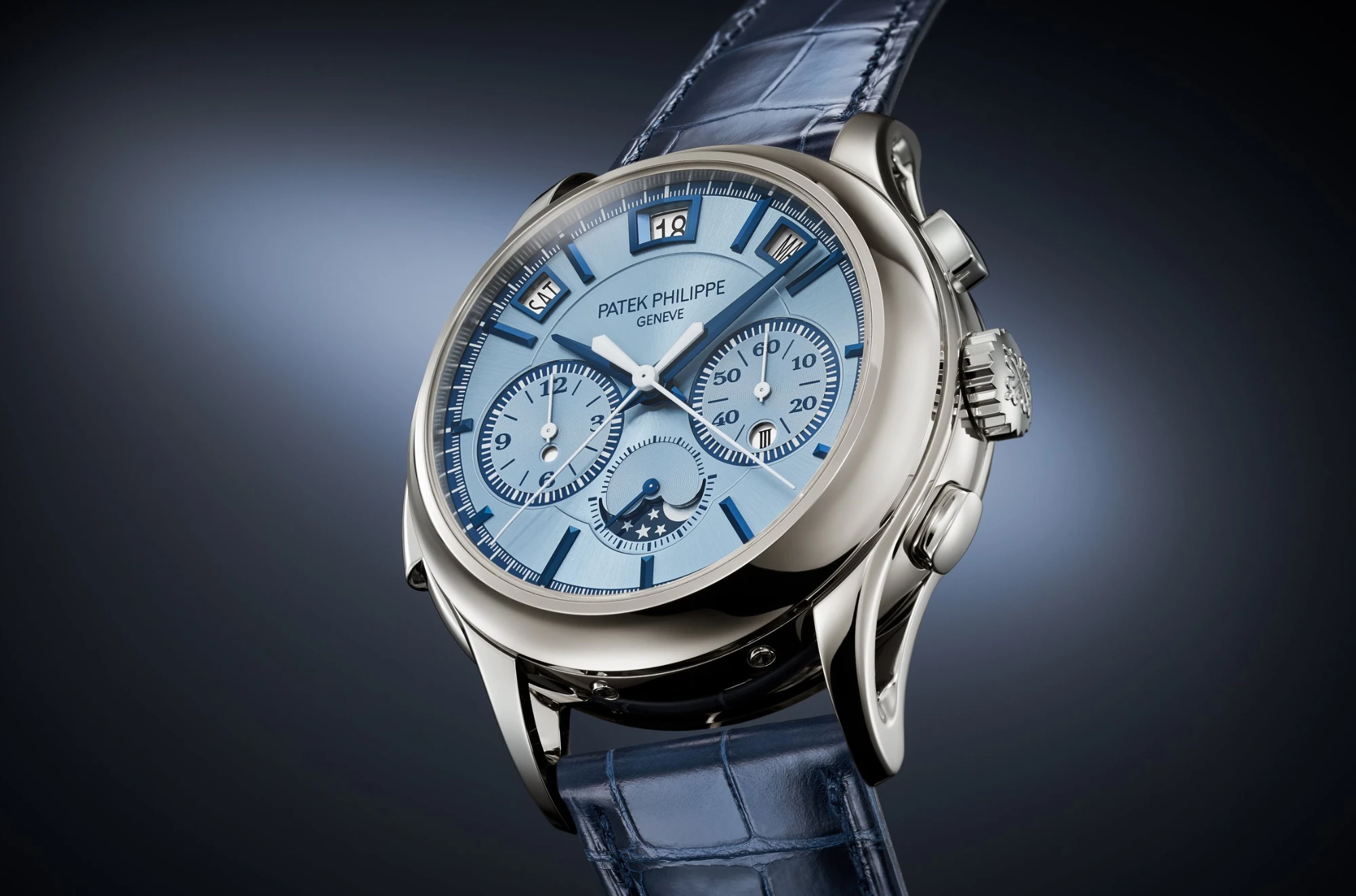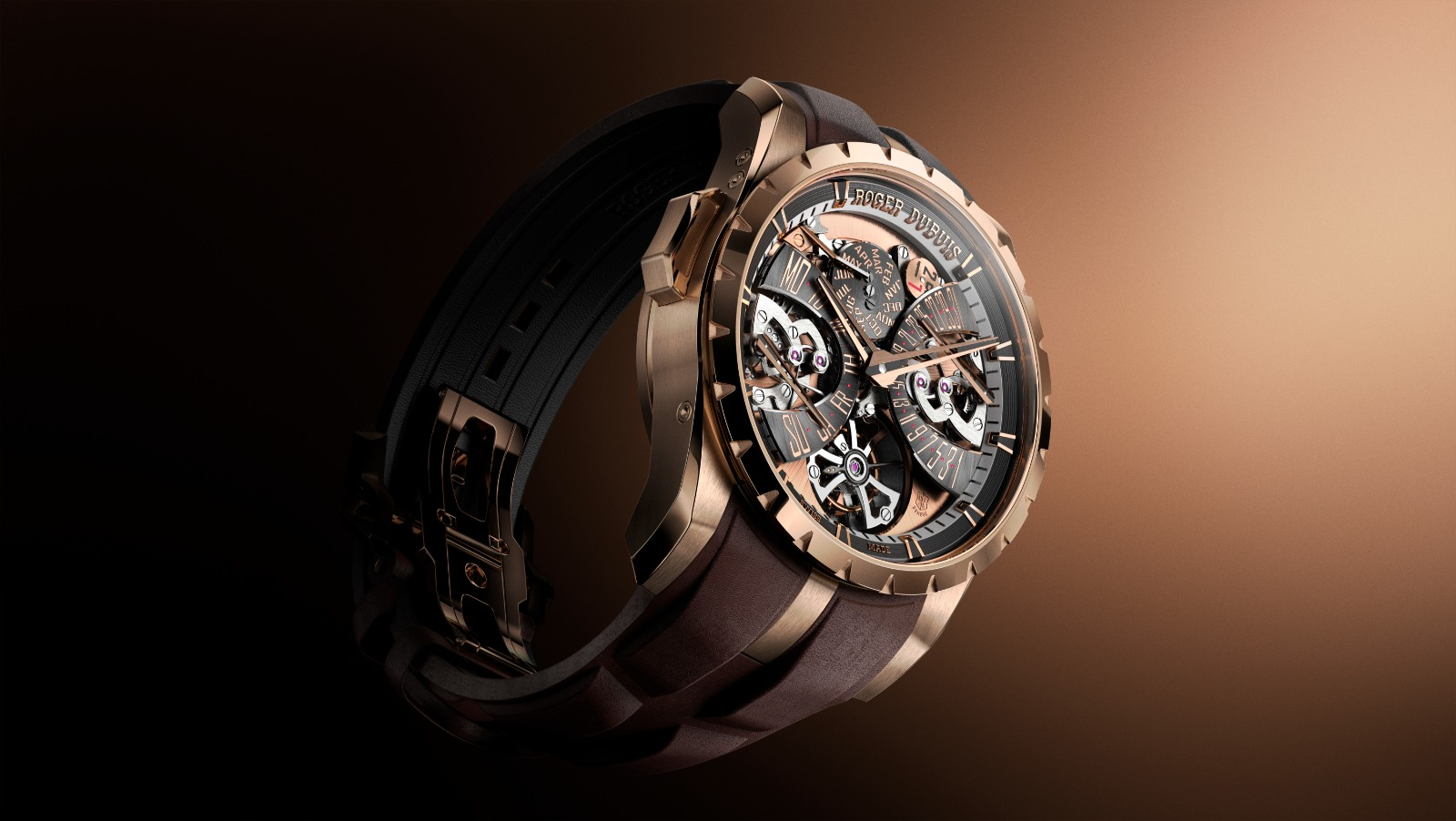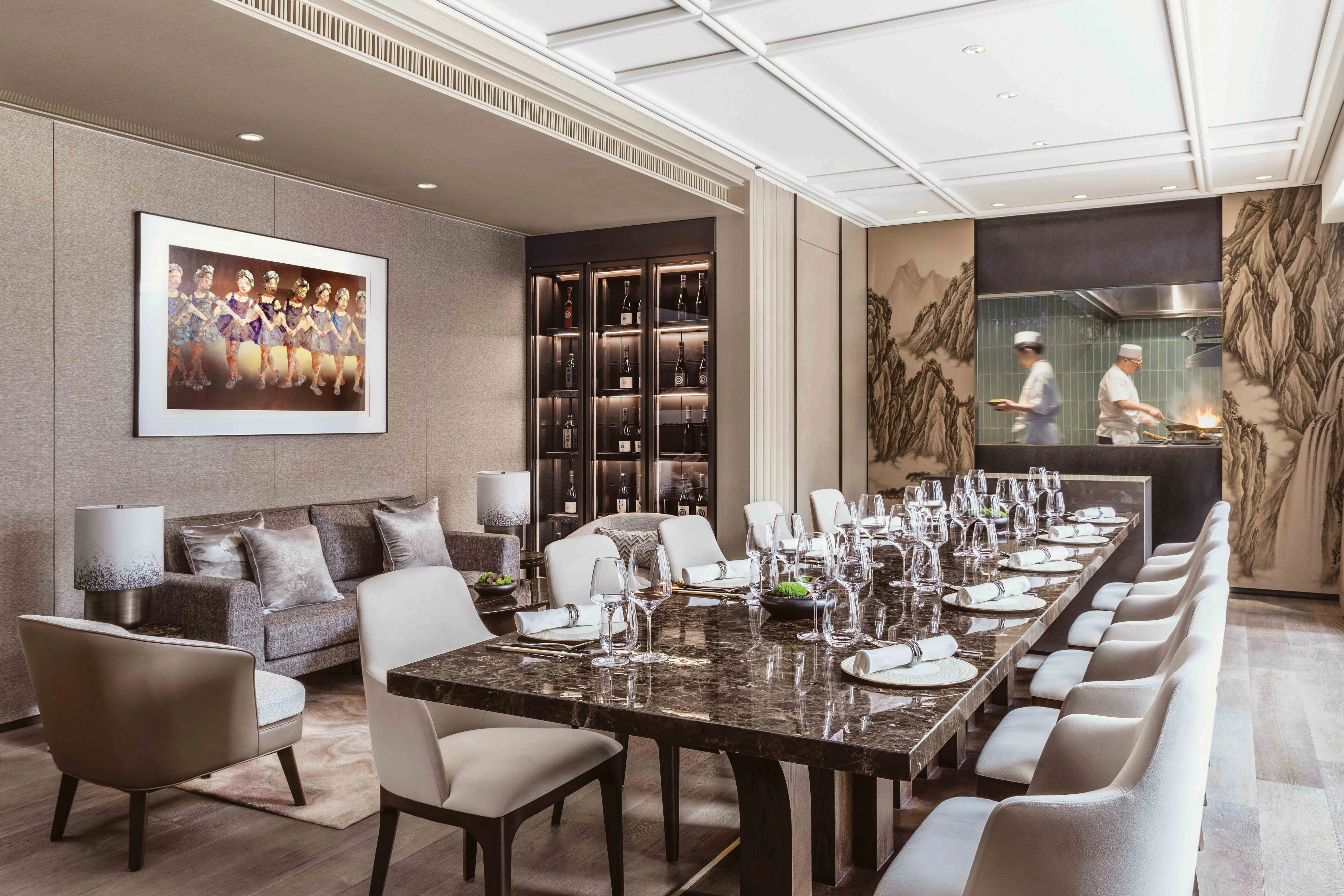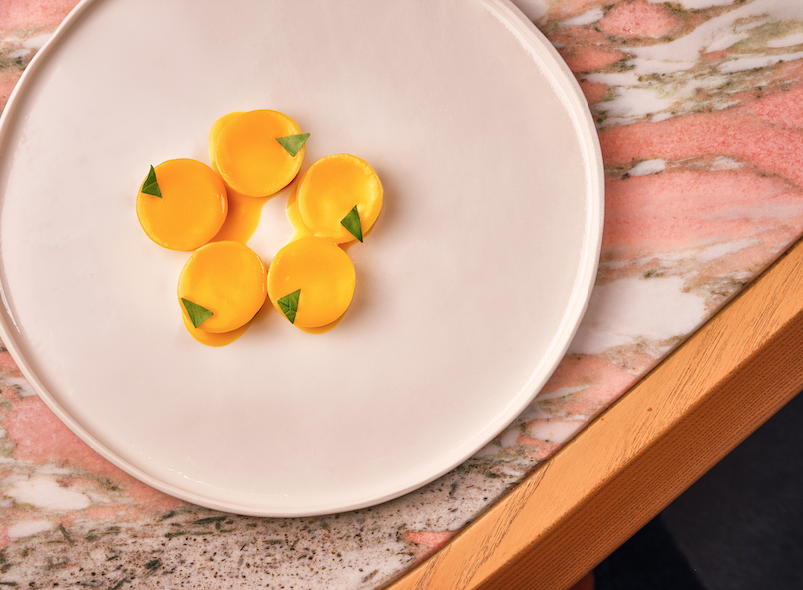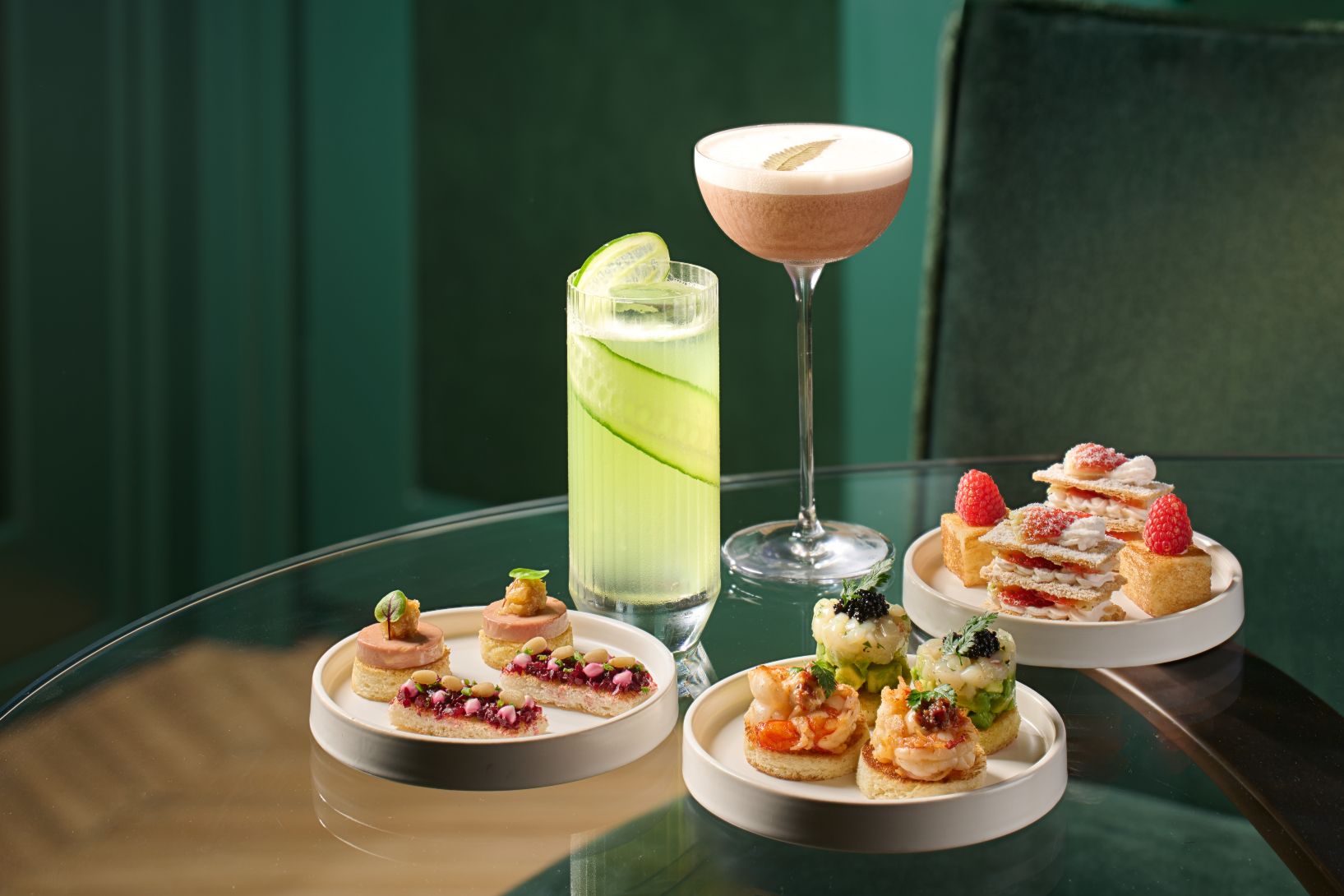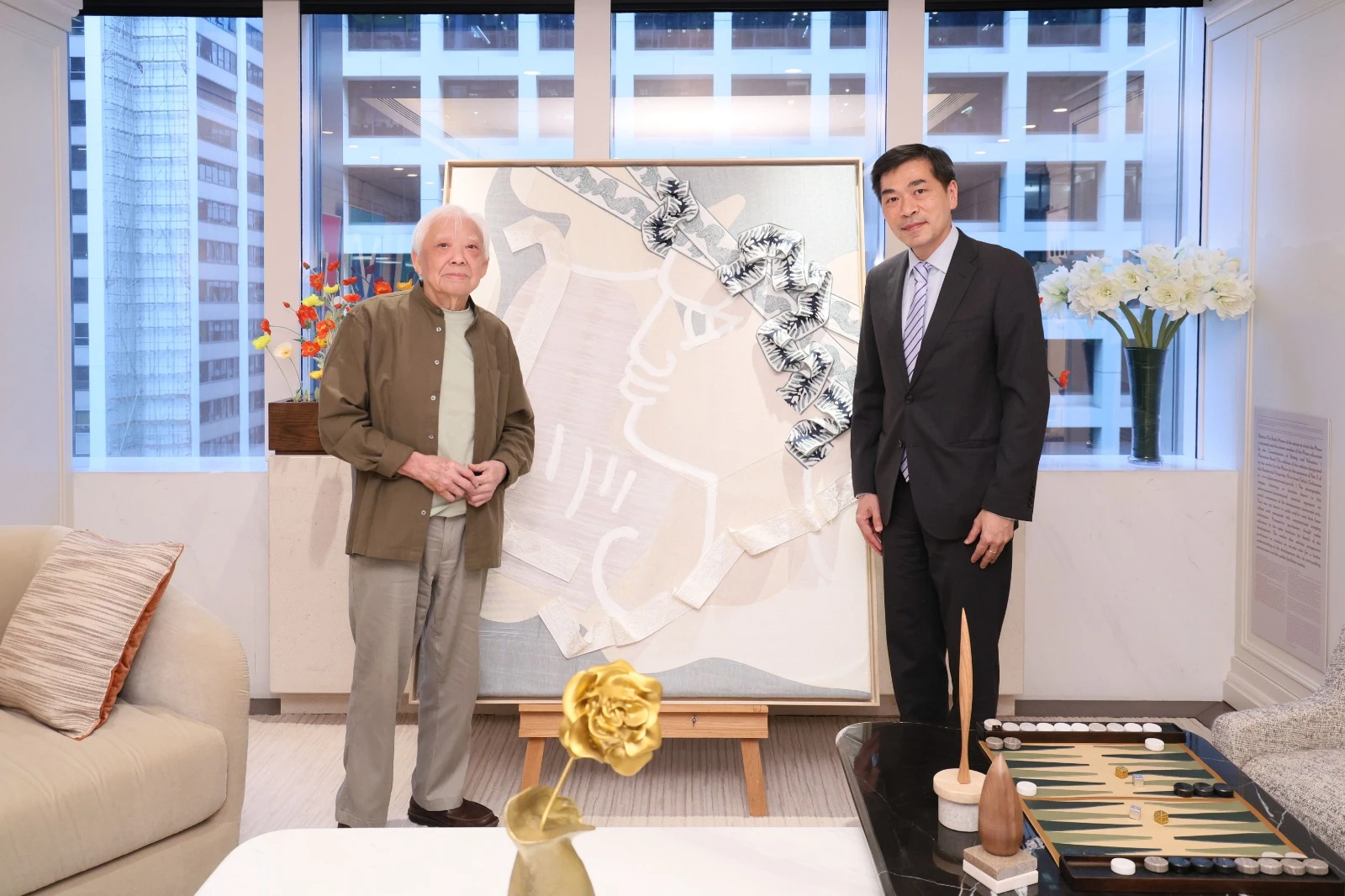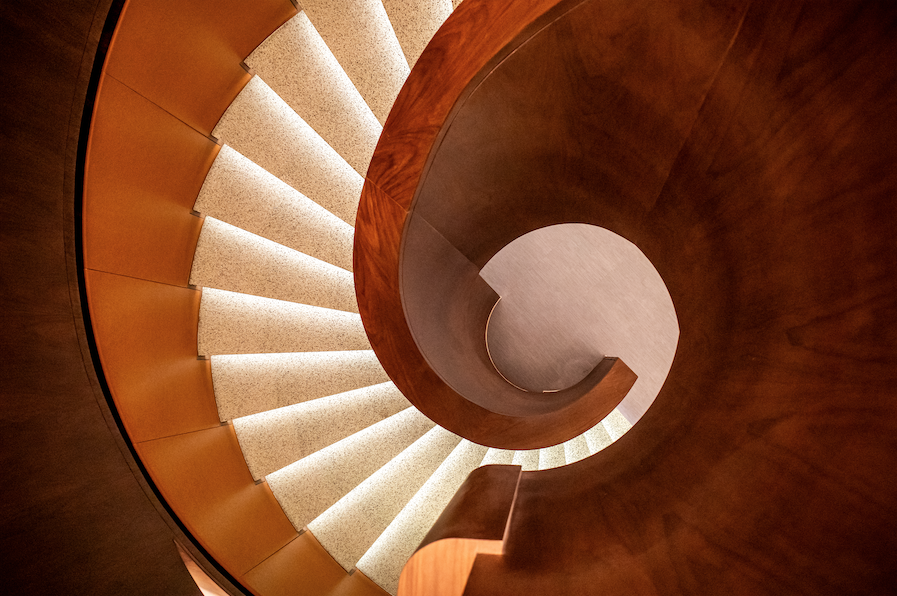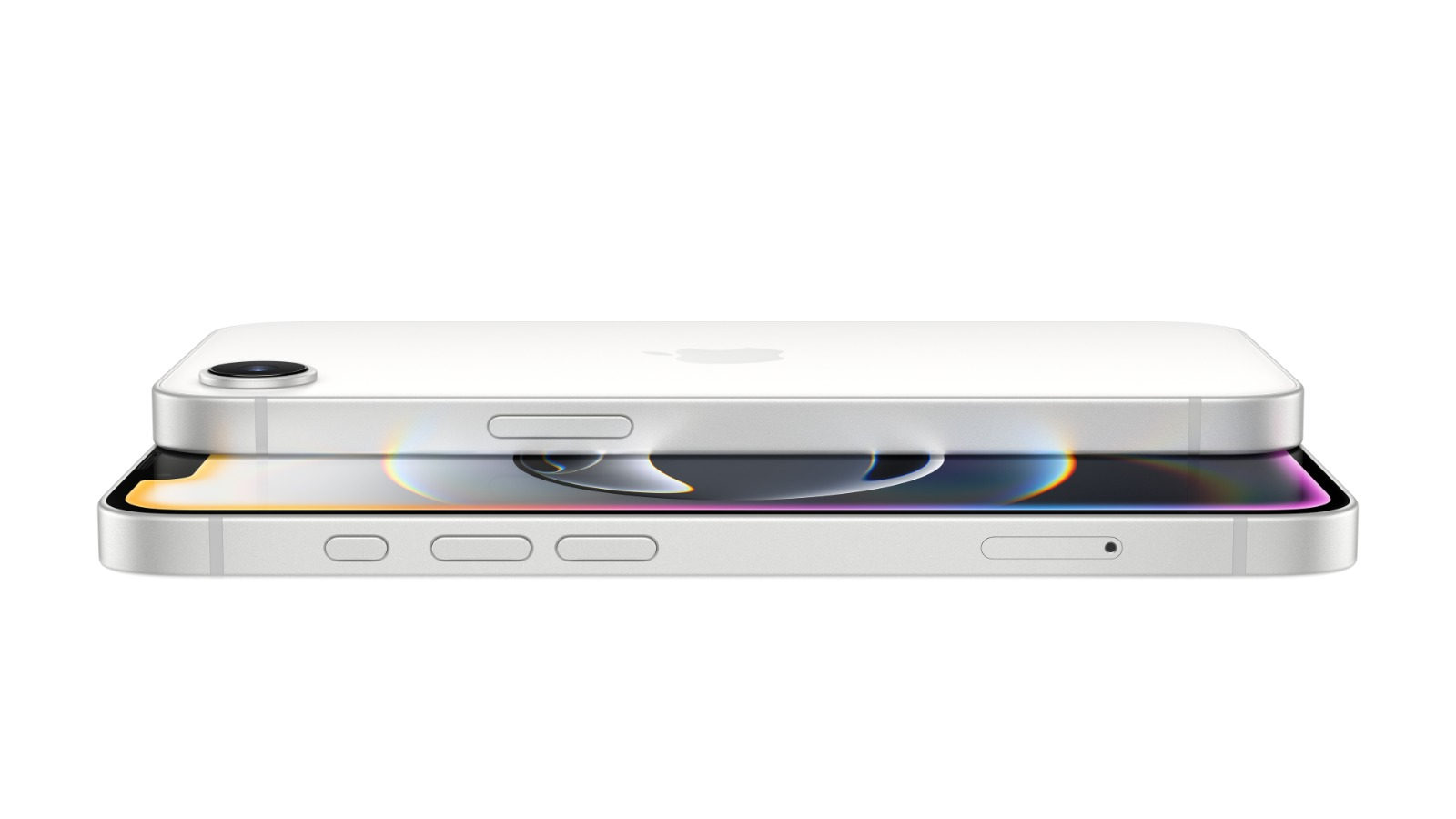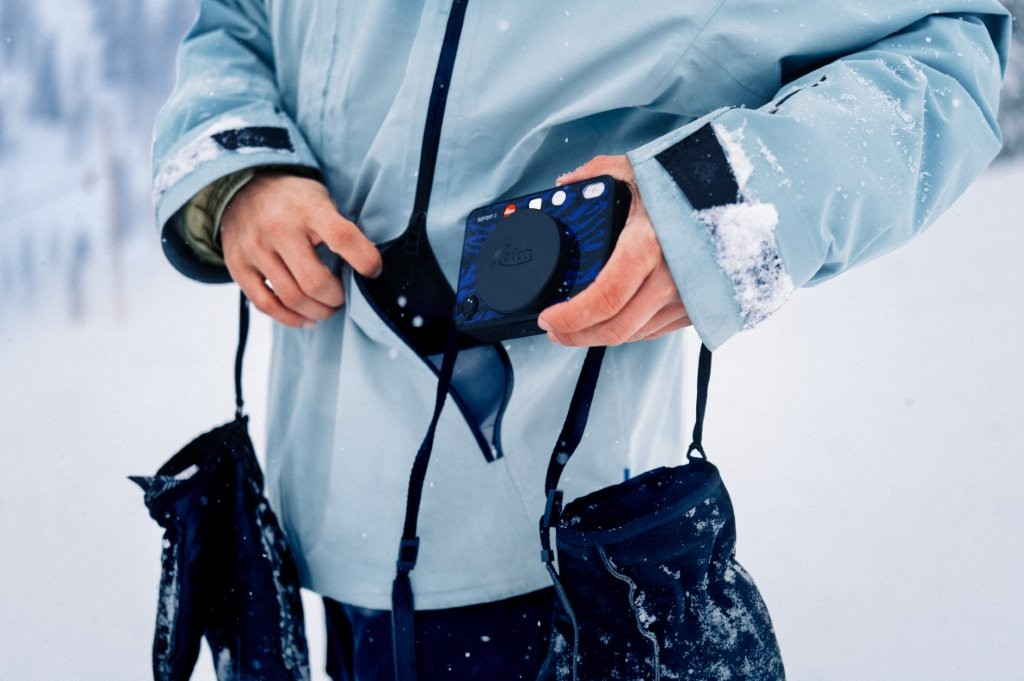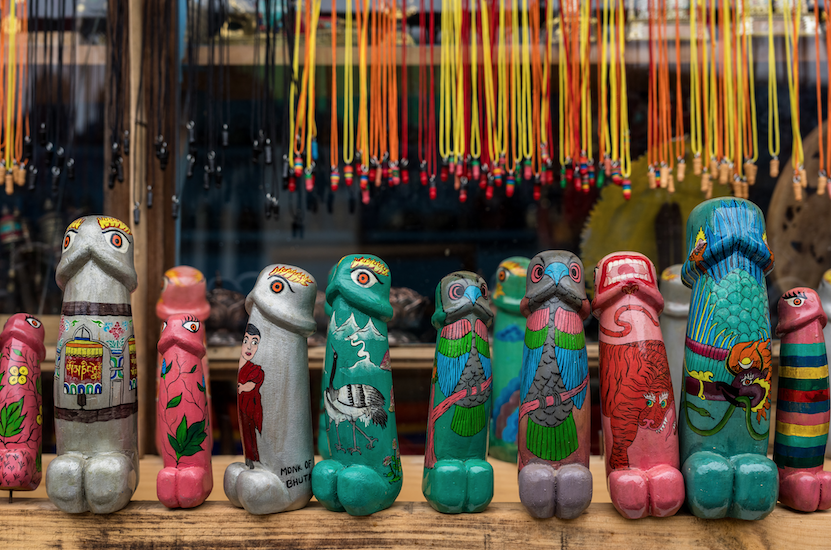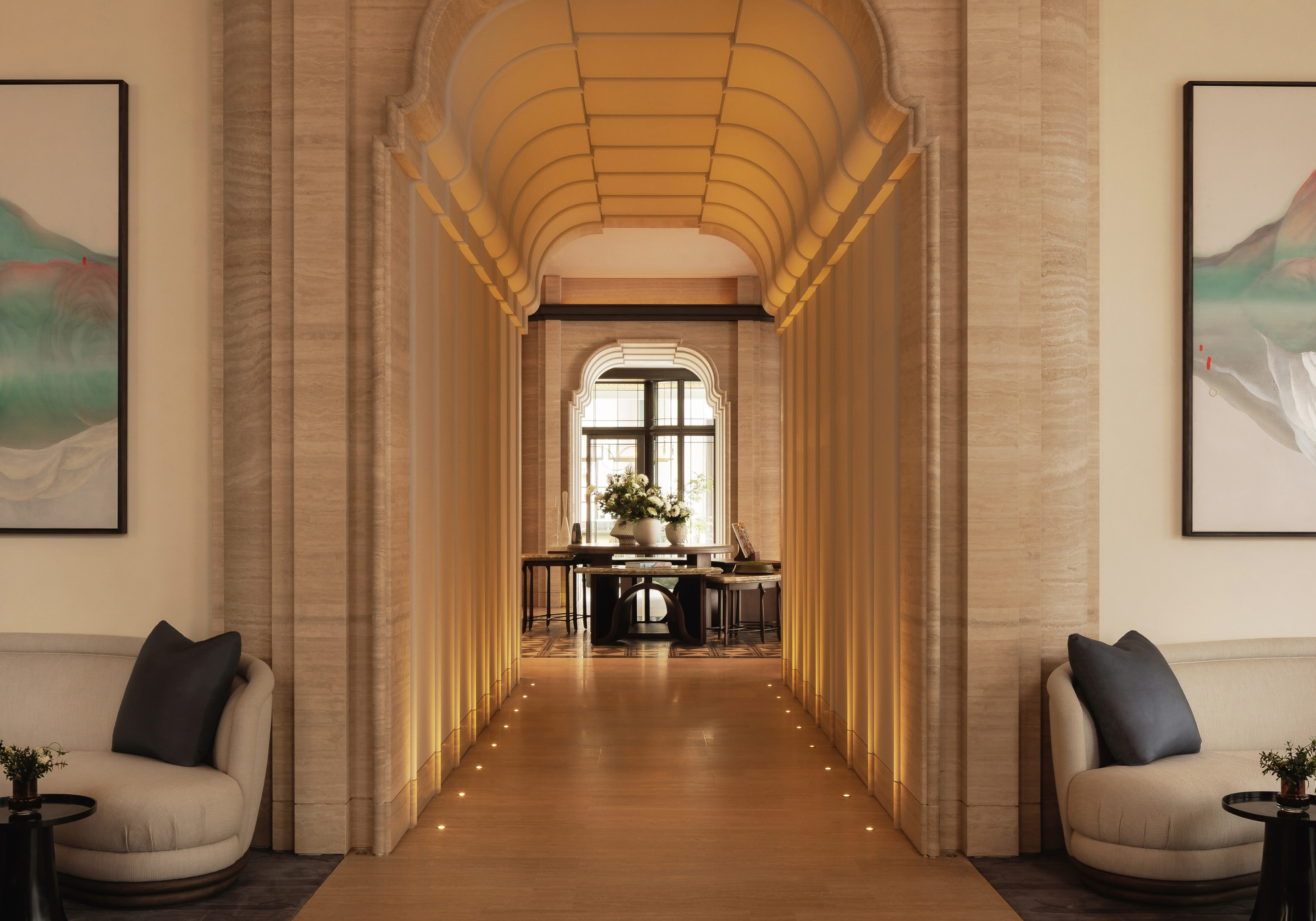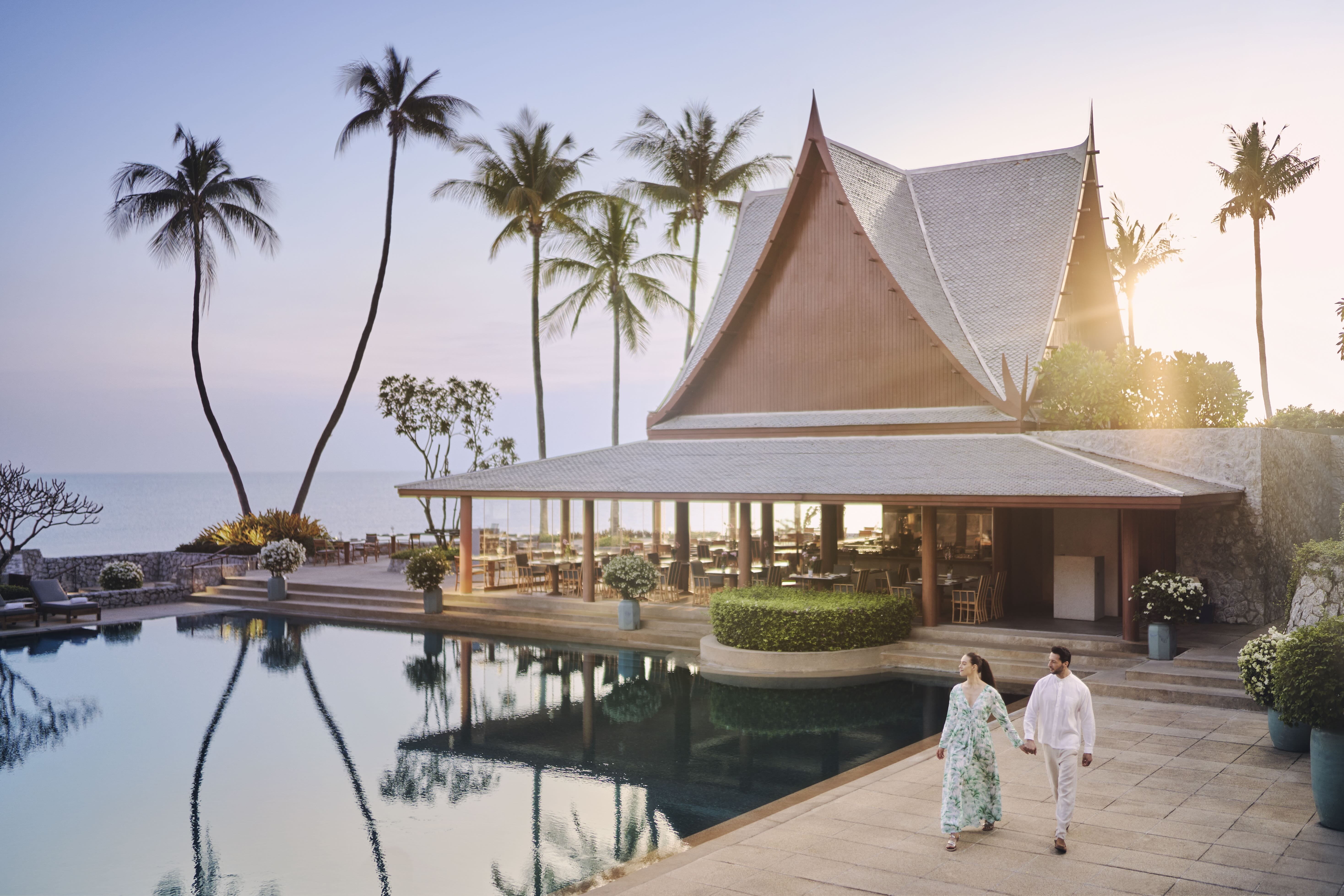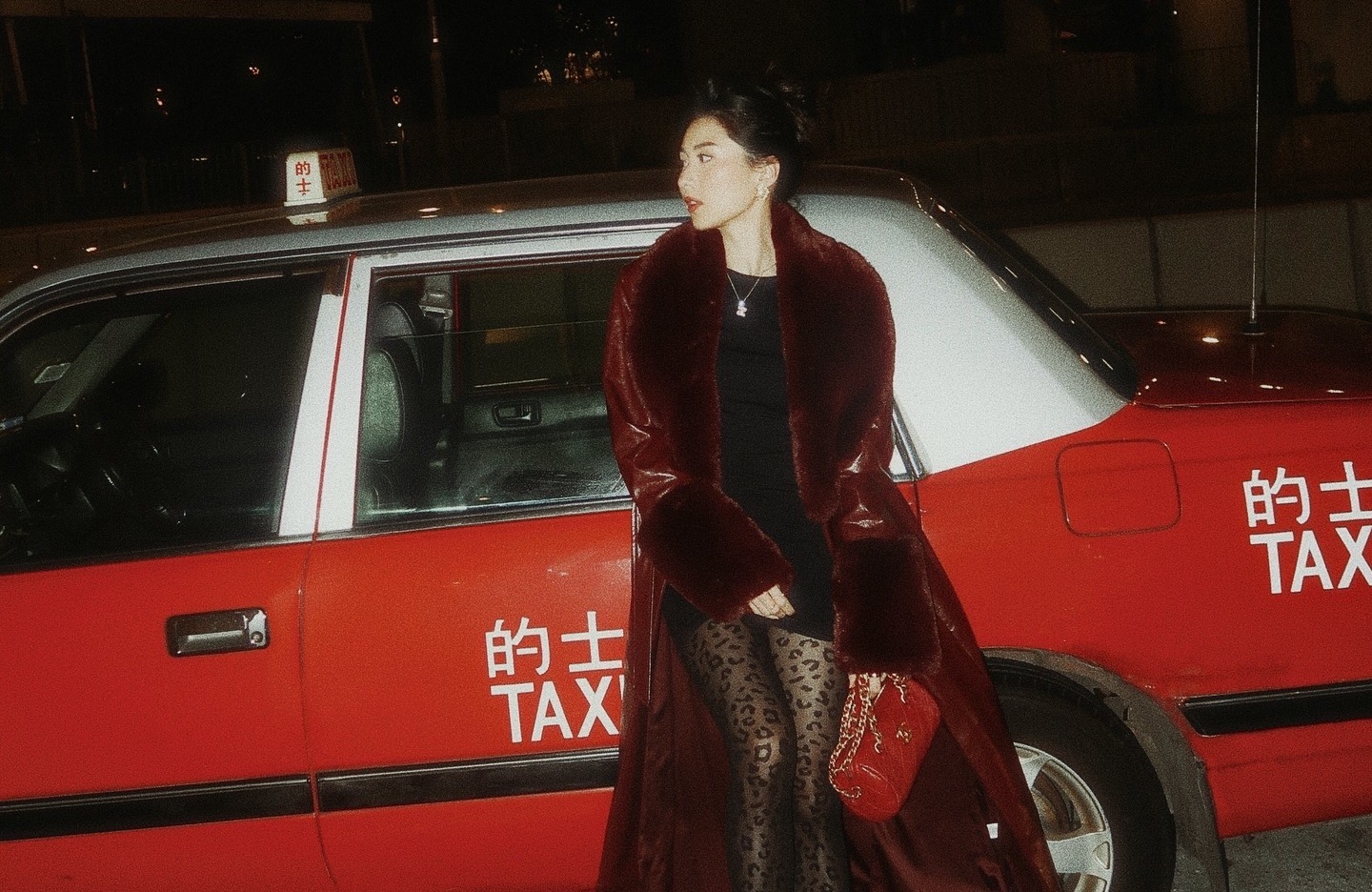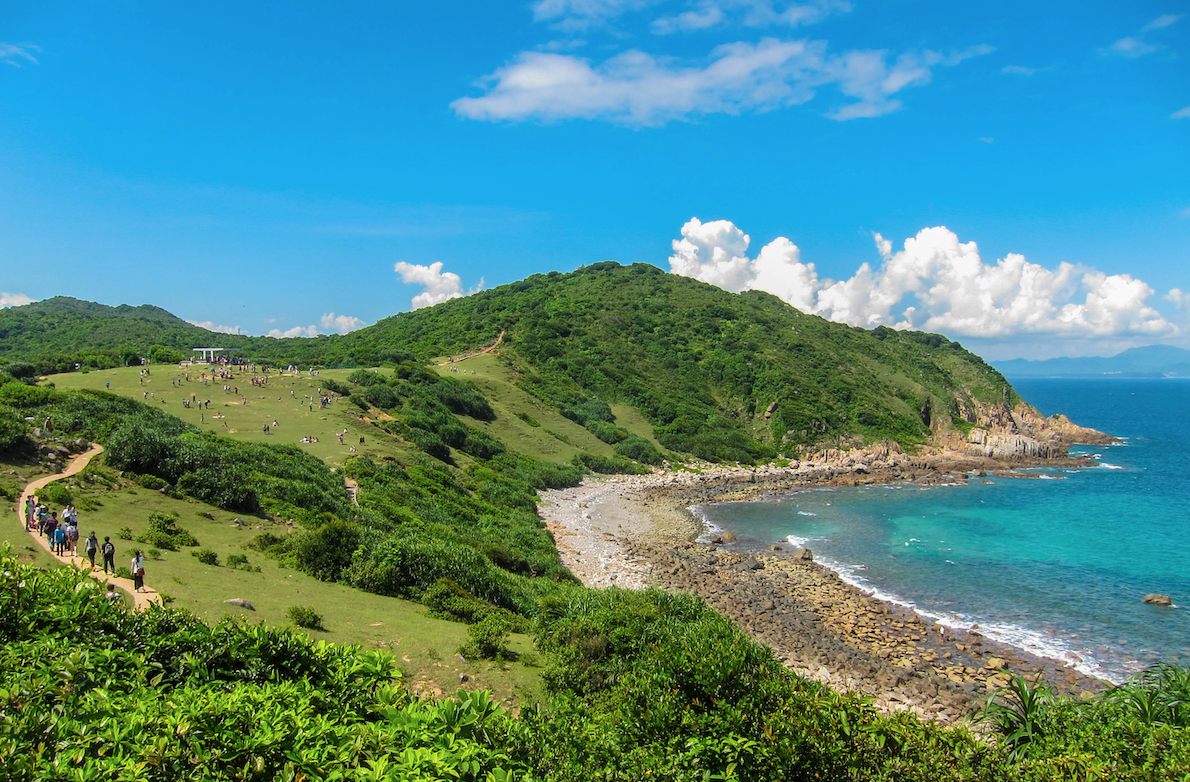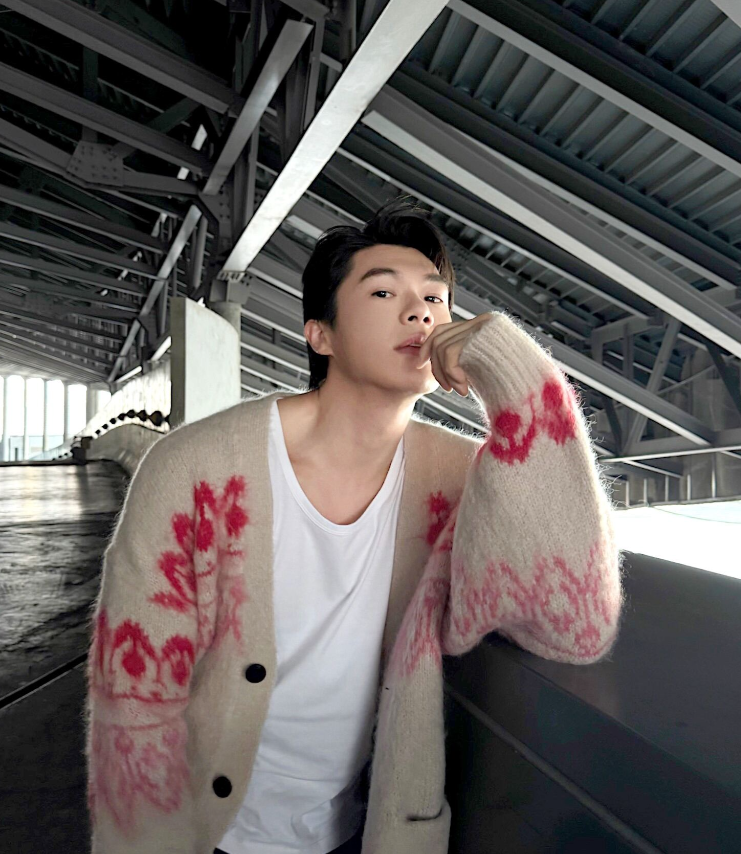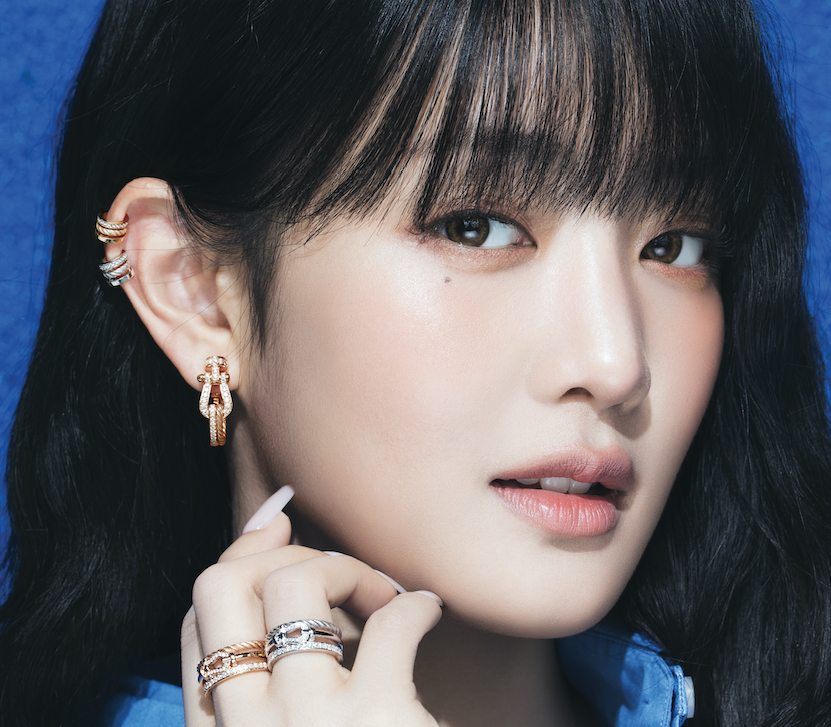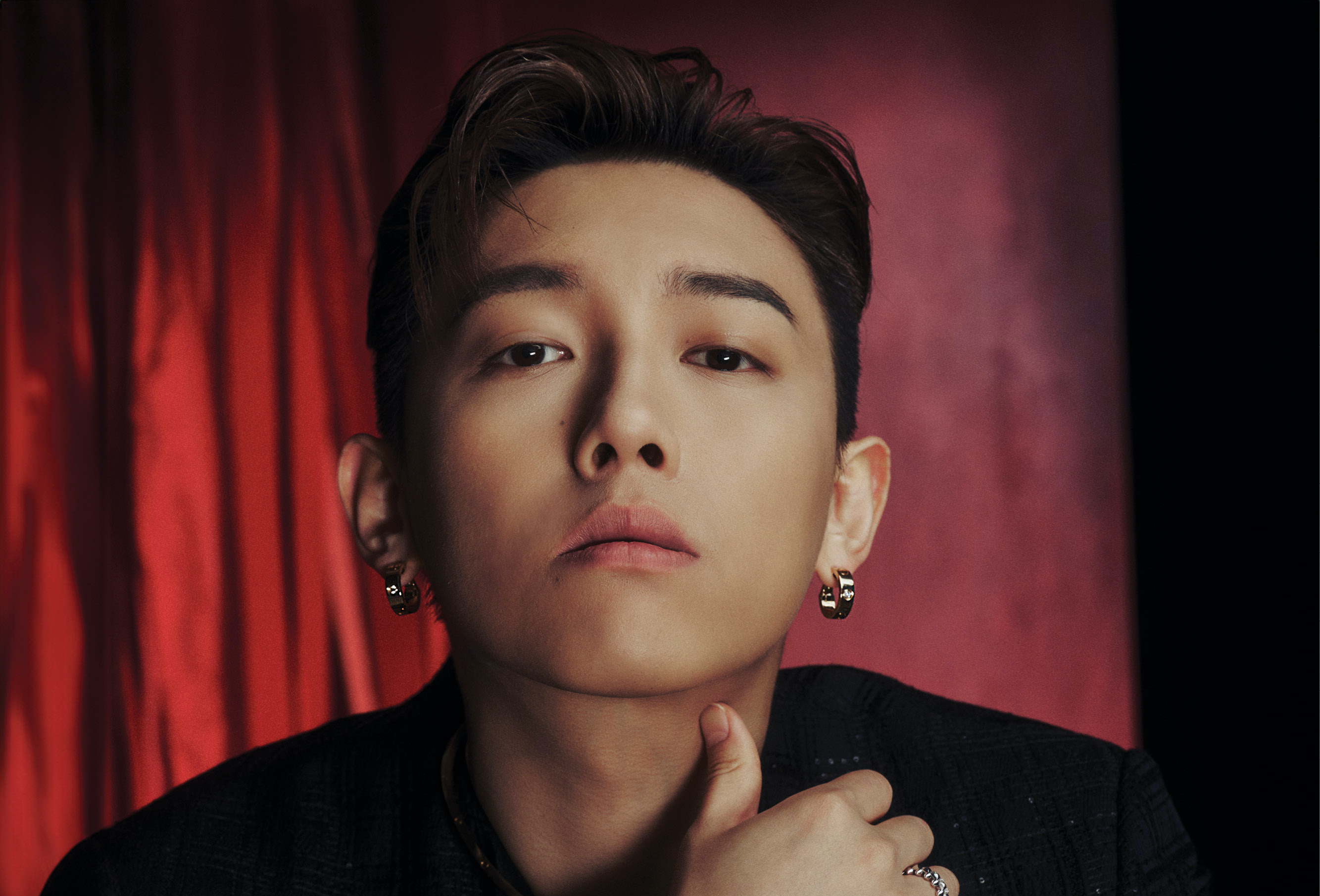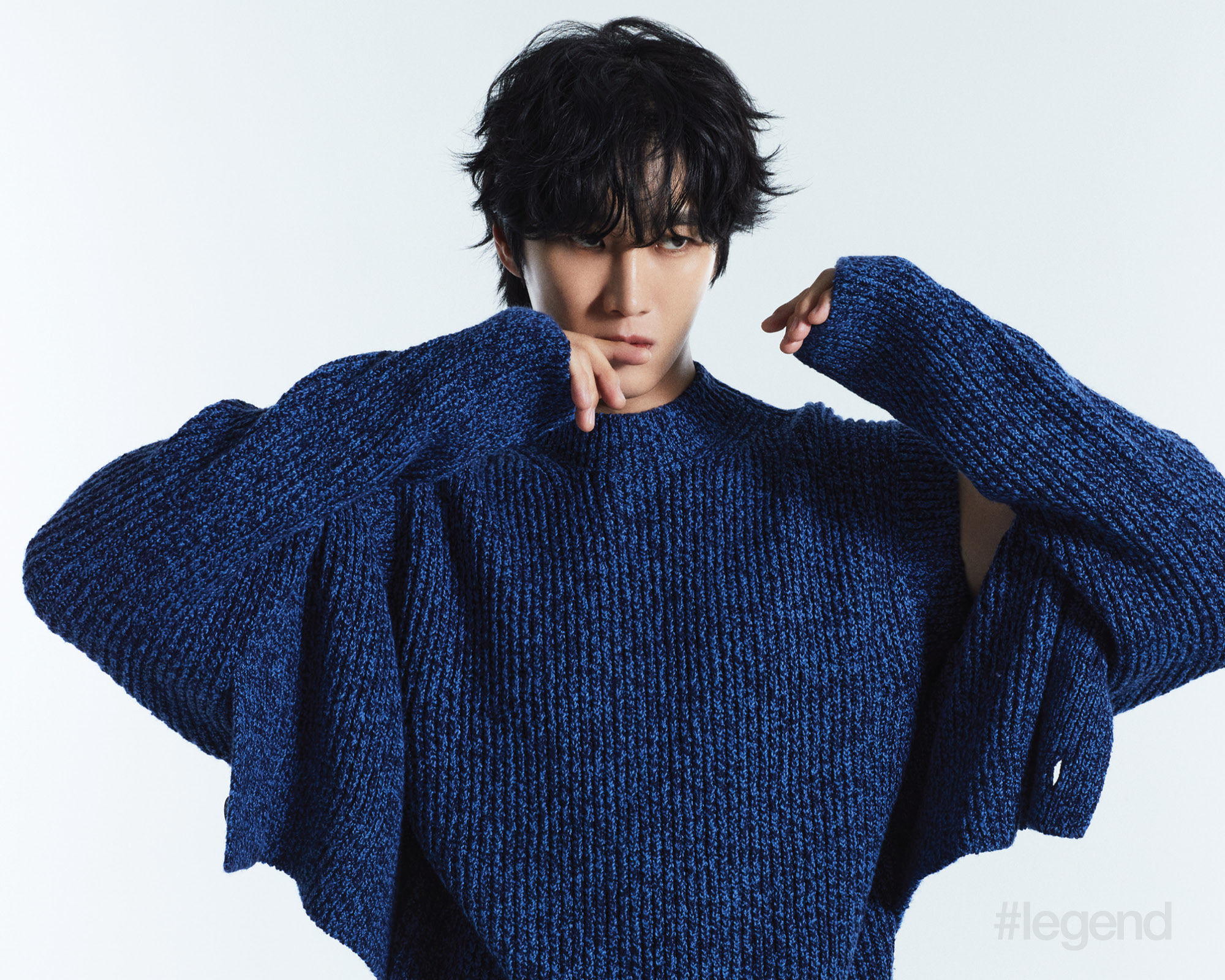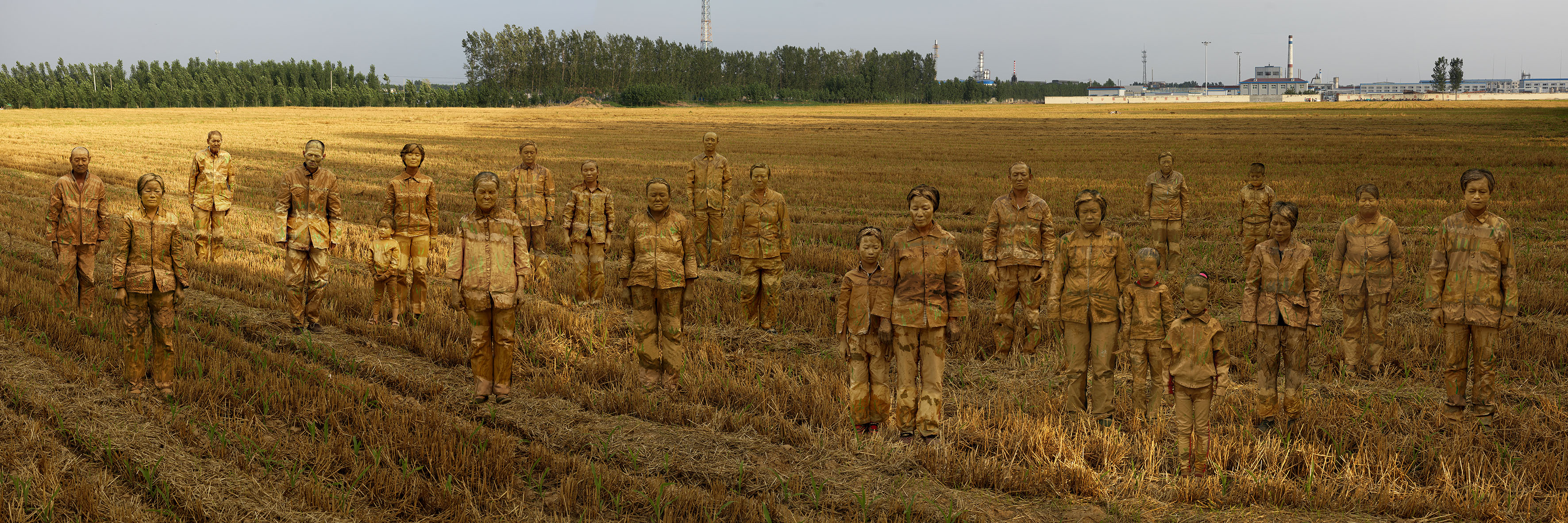Para Site’s Billy Tang on the evolution of his contemporary art centre in Hong Kong
May 27, 2024
Para Site’s executive director and curator Billy Tang talks to Jaz Kong about the past, present and future of Hong Kong’s leading contemporary art centre
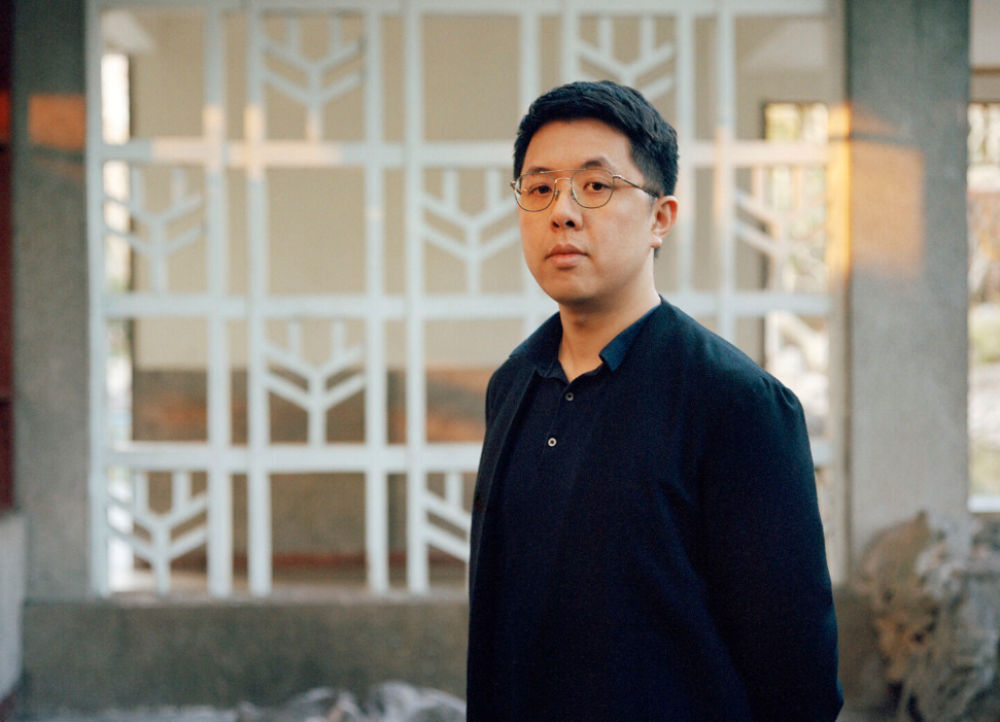
Slowly recovering from the craze of Art Month in Hong Kong, the art world shifted its focus to the Venice Biennale in April. Billy Tang, executive director and curator of contemporary art centre Para Site in Quarry Bay, was one of many art professionals and enthusiasts crisscrossing the globe these past few weeks, but we caught up with him during a brief stop in Hong Kong between giving talks in New York and flying out to Venice to support local artist Trevor Yeung as he represents the city at the Biennale.
Yeung, who was born in Dongguan and grew up in Hong Kong, is currently being featured at Para Site’s 10th-floor annex space that opened less than a year ago to allow for extra capacity to nurture young artists and curators. “Because of its size, [the annex] encourages more risk taking and gives the means for the artist or curator to have full control to define in a more immersive way an exhibition experience,” Tang explains.

Not only is Yeung’s Soft breath a multi-sensory exhibition that employs light and scent as guiding elements throughout the experience, but it’s also an exploration of the interplay between time, space and culture with technology. “In Yeung’s work, he has always been thinking a lot about the relationship or entanglement between humans and the natural world. There’s a kind of fluidity between how humans manipulate the natural environment or, to a certain degree, how the natural environment guides our way of thinking and being in the world,” Tang says. “And I think that is an interesting way to think about how we navigate as humans as well. In some ways there’s a kind of hidden and visible aspect of our lives. We reveal in different ways depending on the spaces that we are in or depending on who is watching us in a way. And so it’s a kind of stage for other encounters to unfold in an exhibition space.”
Tang assumed his current role in May 2022, following the departure of Cosmin Costinas after an 11-year tenure. His previous roles include senior curator at Rockbund Art Museum in Shanghai and curatorial director of the artist-run Magician Space in Beijing. From observing Para Site from afar to being at the centre of it now, Tang feels compelled to demonstrate how the space is always “shifting between many imaginations of how an individual collects to a collective moment. I would say that’s more the ideas that are empowering to what we do.” Tang is also fascinated by the history of Para Site, which was founded in early 1996, and “how it moved from being a grassroots, artist-led and -founded collective into a more curatorial-driven programme. Which means at some point, from show to show, there was a conversation among the artists. Then it evolved into a moment where it was run by a curator. This process happened because at some point in the early days, there weren’t too many spaces to have that freedom to experiment with ideas of making installation art. The idea of using the wall in a certain way to really completely define the space was very difficult, because a lot of the spaces that were available were maybe more of a formal museum situation.”
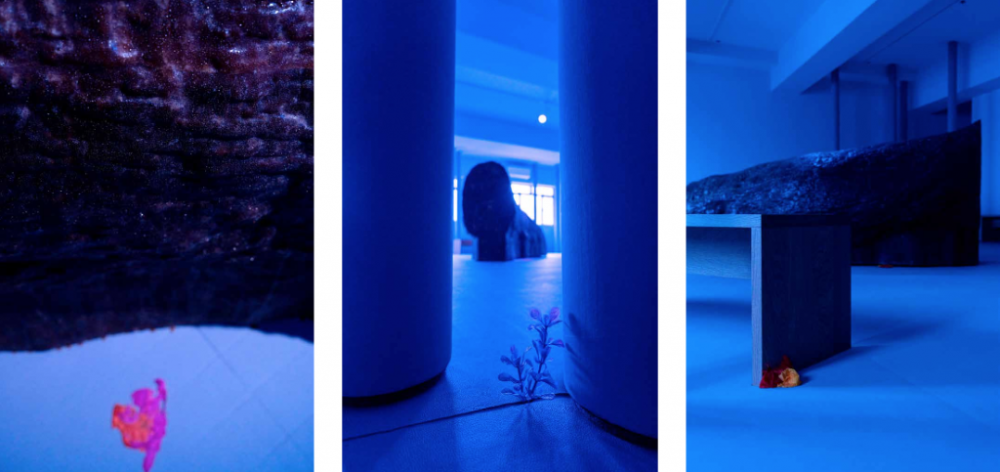
In terms of experimenting, Tang is referring more to the curation and sensory aspects. He points to the central piece in Yeung’s Soft breath exhibition, a large-scale replica of a leaning oak tree crucial to the life of a historic cruising ground popular in London since the 19th century. “It’s technically a very ambitious kind of sculpture. It’s using the latest technology – scanning a tree that exists in London to create a perfect replica and recasting it into soap. Material transformation is involved by creating a monument of a living organism but using a material that will disintegrate through time,” Tang says “So it’s very time-specific in that it will start to degrade like our memories do and it’s a very complex object in that way.”
One could comment that Yeung’s work shares a similar theme with New York-based artist Aki Sasamoto’s Sounding Lines now showing on the top floor of Para Site’s industrial building in Quarry Bay. The newly commissioned installation is situated between sculpture and performance, and is in conversation with a recent moving-image piece, Point Reflection. “Yeung’s work is a poetry of that experience when it connects to Sasamoto’s piece upstairs, which is also in a way an invention of a new object. It’s a performance where the objects instead of humans propel the performance, and with this, the objects become animated and active.
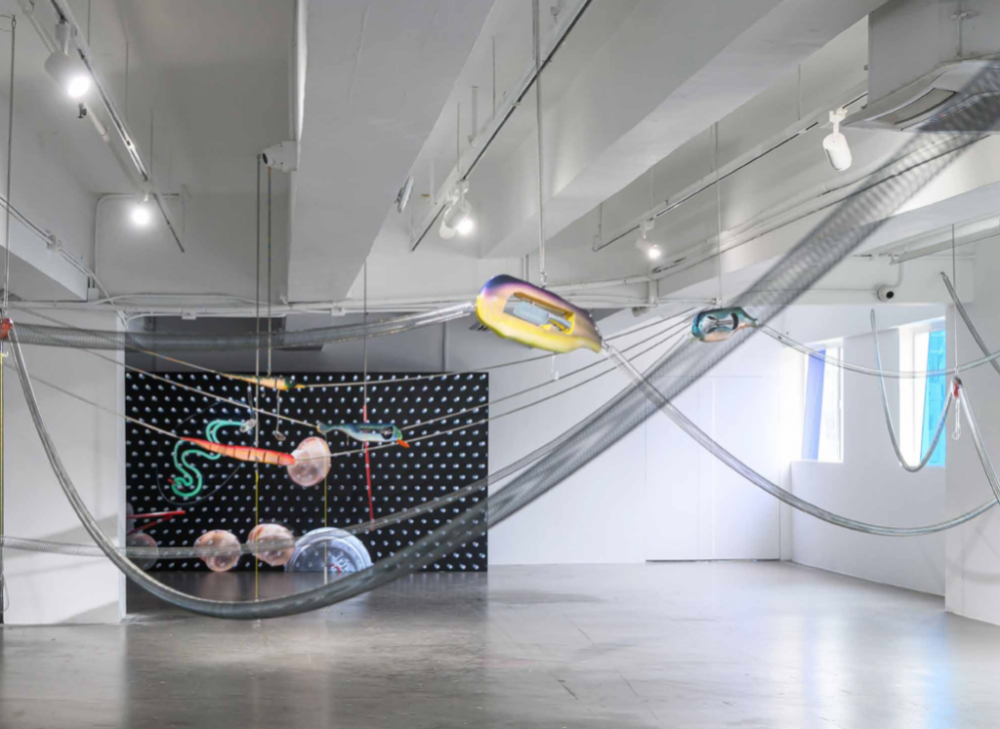
until July 28 at Para Site
It’s a site-specific activation on both floors. It involves the body, it involves our senses, and it makes us move in a different way across the spaces,” Tang says. “And I think we’ve lost that kind of sensitivity sometimes, when in a very heavily digitised moment where it’s completely defined by social media. There’s a kind of re-positioning of objects that it’s still holding out the preposition that you can redefine your relationship to the physical world.”
Regarding the Hong Kong art scene at the moment, Tang feels that “similar to everywhere, there was a rush towards the idea of normalcy after Covid. A lot of the exhibitions that we’ve conceived have been precisely to rethink the changes to the city, the ability to make exhibitions, and to think openly about our connection to the world. As one of the leading spaces in Hong Kong, it’s definitely been an important responsibility that we have in order to create space and to think proactively about that.”

To change or not to change, that is always the question. The art world-slash-market is changing rapidly in Hong Kong, and how Para Site adapts, or rather not adapts, in response will be a major decision for the organisation, especially having been a beacon not only for Hong Kong but also the Asian and even worldwide art community. “It’s increasingly difficult to have the confidence to feel safe to take a risk. In such a results-oriented culture, a safe space for play, to try something new, to even fail, is something we’re also trying to create, for the context of the city, and for the ecology of Asia as well. It’s also embracing the history of Hong Kong. The best parts of Hong Kong have always been driven by transnationalism. It’s the connection between cultures, the connecting point between the flow of migratory histories and ideas, and amplifying all of this.”
Two years with Para Site and two years away from its big 30th anniversary, Tang thinks “it’s time to consolidate a vision around the idea of thinking more holistically about Para Site as an organisation.” One of the rather “bold” initiatives is to provide medical subsidies to help support local artists. This is where we often ask, what is the purpose of art? What does art even do? For Para Site, it goes beyond aesthetics and humanity. And as a long-established art organisation in Hong Kong, concepts like community and connection mean a lot to Para Site as well as Tang. “We are active in conversations about care and support that have an effect beyond exhibitions. All the projects we do also in some way or form support the ecosystem. We always give each exhibition an opportunity to create new conversations on that front. With local businesses also being impacted, that’s something we are more mindful of now.” With a goal to inspire conversations between the artists, curators, the city and Para Site’s audiences, Tang is looking to venture beyond mere exhibitions to offer care and support to Hong Kong culture, and more importantly, to unravel what is missing from mainstream culture.
Also see: Artist David Leung on the art of seeing faces in his food


